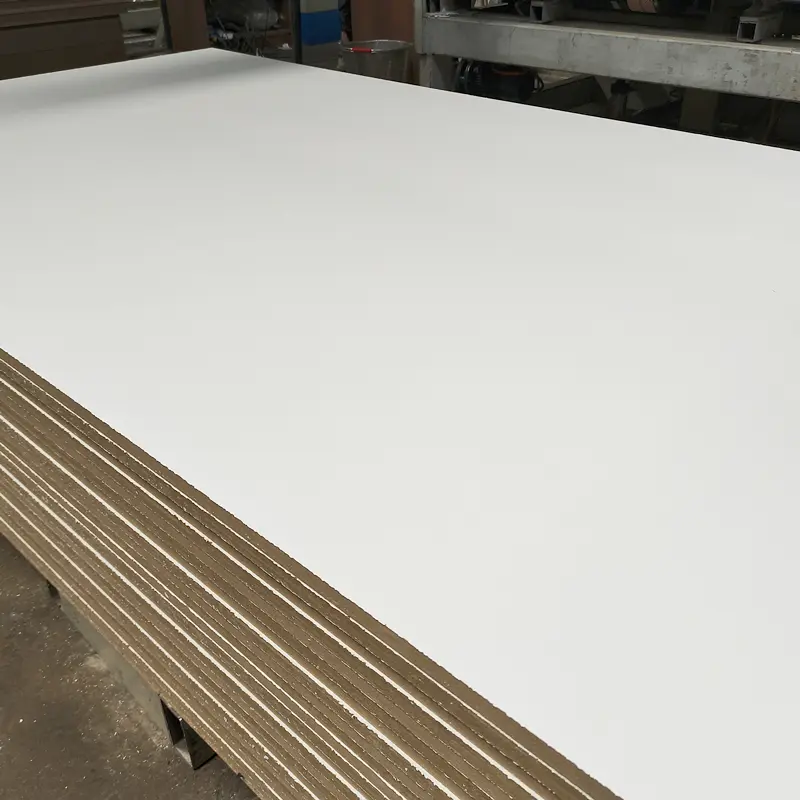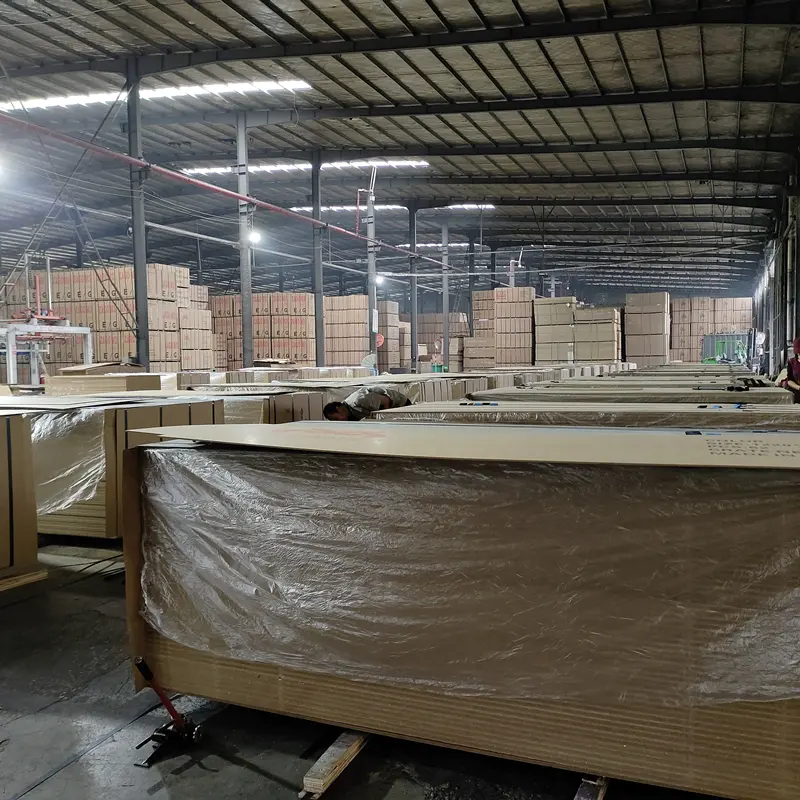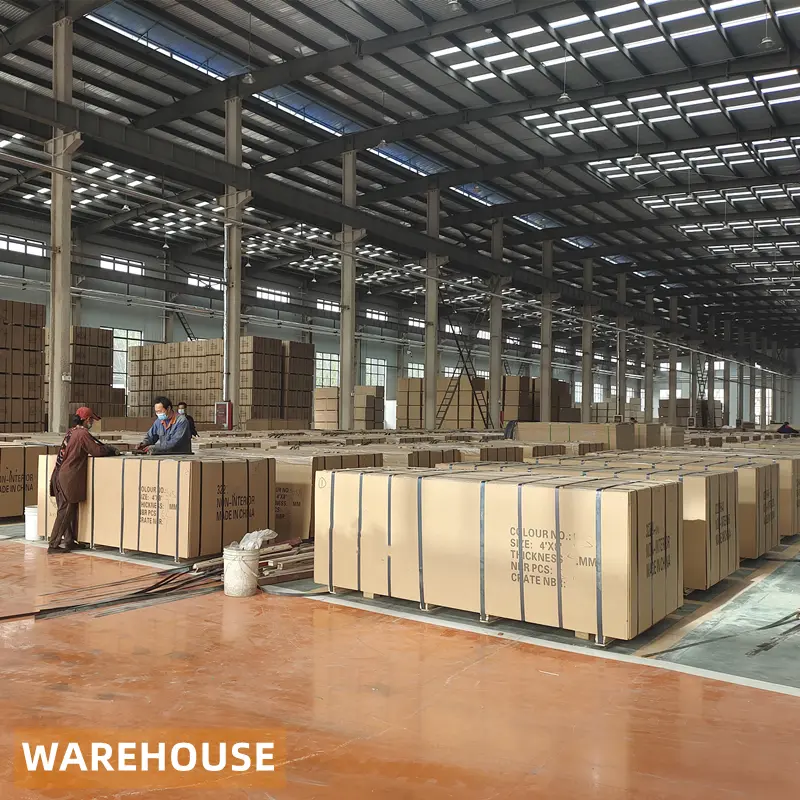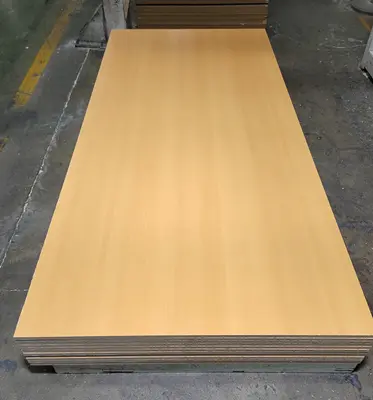Are you trying to decide between particle board and plywood for your next project? This article dives deep into a comparison of these two popular wood products, exploring their strengths, weaknesses, and ideal applications. Whether you’re a seasoned DIY enthusiast, a furniture maker, or just someone looking to understand the differences, this guide will provide you with the knowledge to make an informed decision. We’ll cover everything from the manufacturing process to practical considerations like cost, durability, and ease of use. Let’s get started!
What is Particle Board and What is it Made Of?
Particle board is an engineered wood product manufactured from wood particles such as wood chips, sawdust, and shavings, bonded together with a synthetic resin or other suitable binder. These wood particles are compressed under high pressure and heat to form a solid, flat sheet. The manufacturing process of particle board often involves several stages, including the preparation of wood chips or wood particles, mixing them with resin, forming them into a mat, and then pressing them under high pressure and heat to bond the particles.

Particle board is a versatile wood product that can be used in a wide range of applications. It is frequently used in furniture, particularly in cabinets, wardrobes, and shelving, where it is often faced with veneer, laminate, or melamine. This makes particle board a cost-effective choice for indoor furniture. Its smooth surface also makes it ideal for painting and other decorative finishes. Because of its low cost and ease of finishing, particle board is used by many as a base material for a variety of purposes.
What is Plywood and How is Plywood Made?
Plywood is also an engineered wood product, but it is constructed quite differently from particle board. Plywood is made by gluing together thin layers of wood veneers, also known as plies or thin layers of wood, with the grain of each layer oriented at right angles to the adjacent layers. This cross-grain construction is a key feature of plywood and gives it its superior strength and stability. The process usually involves applying glue to the veneers, stacking them in layers, and then subjecting them to high pressure and heat to bond them together.

There are different types of plywood, which can vary in strength depending on the type of wood used and the number and thickness of the layers. Plywood offers several advantages. It is a strong, durable, and versatile material. Plywood is available in a variety of thicknesses and grades, making it suitable for a wide range of applications. It is frequently used in construction for flooring, roofing, and sheathing, as well as in furniture making, cabinet construction, and interior design.
Particle Board vs Plywood: What are the Differences?
The fundamental difference between plywood and particle board lies in their construction. Particle board is made from wood particles held together with resin, while plywood is constructed from thin layers of wood veneer. This difference in construction results in significant variations in their properties.
Plywood has superior strength due to its cross-grain construction, making it more resistant to warping and bending. Particle board, on the other hand, is less strong as plywood, and is more susceptible to damage from moisture. Furthermore, the surface finish on plywood is often more visually appealing and may be more suitable for applications where the edge of the board is visible.
Another one of the differences between particle board is the weight and density. Particle board is generally denser than plywood and can be heavier.
The choice between particle board and plywood depends largely on the needs of a specific project. The primary difference between plywood and particle affects the choice of material.
Particle Board vs Plywood: Pros and Cons
Let’s break down the advantages and disadvantages of each material:
Particle Board: Pros and Cons
Pros:
- Particle board is cheaper: Significantly more affordable than plywood, making it ideal for budget-conscious projects.
- Smooth Surface: The smooth surface is excellent for applying veneer, laminate, or paint.
- Uniformity: Consistent density throughout the board.
- Easy to Cut: Easier to cut and shape than plywood with fewer chances of splintering.
Cons:
- Cons of particle board: Susceptible to moisture, prone to moisture damage, causing swelling and disintegration.
- May not hold up well under heavy use: Not as strong as plywood.
- Disadvantage: Poor screw-holding ability. Screws can strip easily.
- Not water-resistant: Particle board is generally not water-resistant and may not be suitable for damp conditions.
Plywood: Pros and Cons
Pros:
- Plywood is stronger: Superior strength and durability due to its layered wood construction.
- Resistant to moisture: More resistant to moisture than particle board.
- Holds Screws Well: Better screw-holding capacity.
- Versatile: Suitable for a wide range of applications.
- Plywood is relatively resistant to warping and bending.
Cons:
- Higher Cost: More expensive than particle board.
- Can be Heavy: May be heavier than particle board, depending on the thickness and number of layers.
- May Splinter: The layers may splinter when cut without proper tools or techniques.
- Edge Treatment: Edge can be less attractive, requiring edge banding or finishing.

Particle Board and Plywood Furniture: Where are They Used?
Understanding the common uses for each material can help you make an informed decision:
- Particle Board and Plywood furniture is frequently used in furniture pieces. Particle board is often used in:
- Shelving units
- Wardrobe backs and sides
- Some types of flat-pack furniture
- Cabinet carcasses (where cost is a major factor)
- Plywood can be used in:
- Cabinet doors and frames
- Furniture frames (chairs, tables)
- Flooring and subflooring
- Exterior applications (where moisture resistance is crucial)
Plywood or Particle Board: Which is Better for Cabinets?
The best choice for cabinets depends on your priorities:
- For cost-effectiveness: Particle board can be a good choice for cabinet carcasses, particularly if they are not exposed to moisture.
- For durability and moisture resistance: Plywood is the superior option, especially for cabinet doors and frames. Plywood also offers superior strength and resistance to warping.
- Considerations of material choice: The choice between particle board and plywood depends on many factors. The material is better for certain applications.
- Cabinet design: Both materials can be used in a variety of designs.
Plywood vs Particle Board: Which is Best for DIY Enthusiasts?
For DIY enthusiasts, the choice between particle board and plywood depends on the type of DIY projects and your skill level:
- Particle board is easier to work with for beginners: Particle board is easy to work with because it is softer and easier to cut. It’s a good choice for simple projects where cost is a significant factor.
- Plywood offers superior strength: Plywood is often a better choice for more ambitious projects requiring superior strength.
- DIY projects benefit from the plywood quality: If you’re comfortable with more complex cutting and joining techniques, plywood will provide more durable and long-lasting results.
Care for Your Particle Board and Plywood
Proper care can extend the life of your wood product:
- Care for your particle board:
- Avoid moisture: Keep particle board dry to prevent swelling and damage.
- Clean gently: Wipe with a damp cloth and mild detergent. Avoid using harsh chemicals or abrasive cleaners.
- Protective Finish: Apply a protective finish, such as veneer, laminate or paint, to enhance moisture resistance and durability.
- Clean plywood furniture:
- Clean Regularly: Dust regularly to prevent dirt buildup.
- Avoid using abrasive cleaners: Clean with a damp cloth and mild soap.
- Avoid excess water: Don’t leave water on plywood, as it can damage the thin layers of wood.
Repair Particle Board and Plywood
Repair particle board and plywood to make the best of these materials:
- Repair particle board:
- Minor scratches: Can be filled with wood filler and painted.
- Swelling: Unfortunately, swelling from moisture damage is difficult to repair. The affected areas may need to be replaced.
- Screw holes: Use wood glue and toothpicks to reinforce the holes.
- Repair plywood:
- Minor damage: Can be filled with wood filler and sanded.
- Delamination: Re-glue delaminated layers with wood glue and clamp until dry.
Making the Best Choice: Help you make the best
Choosing between particle board and plywood involves considering the advantages and disadvantages of both materials, along with your specific project needs.
- Particle board is a cost-effective option for projects where budget is a primary concern, or it is a particle board is cheaper option.
- Plywood is the better choice when durability, strength, and resistant to moisture are crucial factors. Plywood is stronger than particle board and offers superior performance in many applications.
- Consider the environment: Think about the conditions your furniture pieces will be exposed to. If moisture is a concern, plywood will generally be a better choice.

Remember:
- Particle board is cheaper, but less durable.
- Plywood is stronger and more water-resistant.
- Consider your budget, skill level, and the project’s intended use when making your final decision.
- Always use the correct tools and safety equipment when working with either material.
- Make sure to check the quality before buying it by checking the quality inspection (surface finish, core quality of MDF, color consistency, print accuracy), certifications (e.g., CARB P2, E1/E0, FSC), moisture content, dimensional accuracy, lamination quality (for melamine boards).
By keeping these points in mind, you’ll be well-equipped to choose the best material for your next project. Whether you’re using a single board or buying large quantities of melamine faced board, choosing the right one is key to success.
If you’re in the market for high-quality wood products, including RAW MDF, MELAMINE FACED BOARD, and MELAMINE PAPERS, we invite you to explore our product offerings. As a leading factory in China, we are committed to providing superior products to our customers, as well as excellent customer service. Feel free to contact us today!
Post time: 02-12-2025











